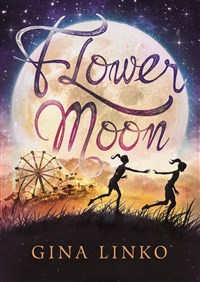Download links for: Grandpa Green. by Lane Smith


Reviews (see all)
Write review
An overview of grandpa's life, illustrated with drawings of shrub statues.
Beautiful book. Moving story. Precious.
images are amazing
I love this book.
Other books by Middle Grade & Children's
Other books by Lane Smith
Related articles












